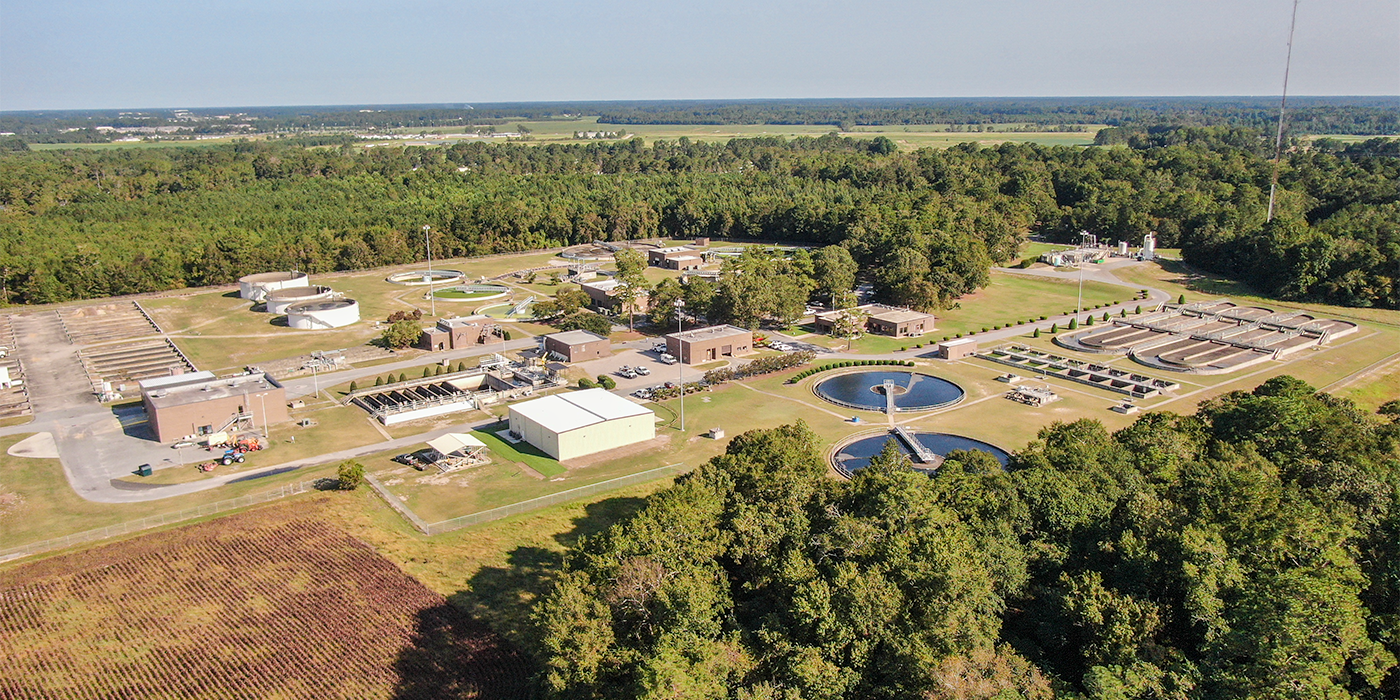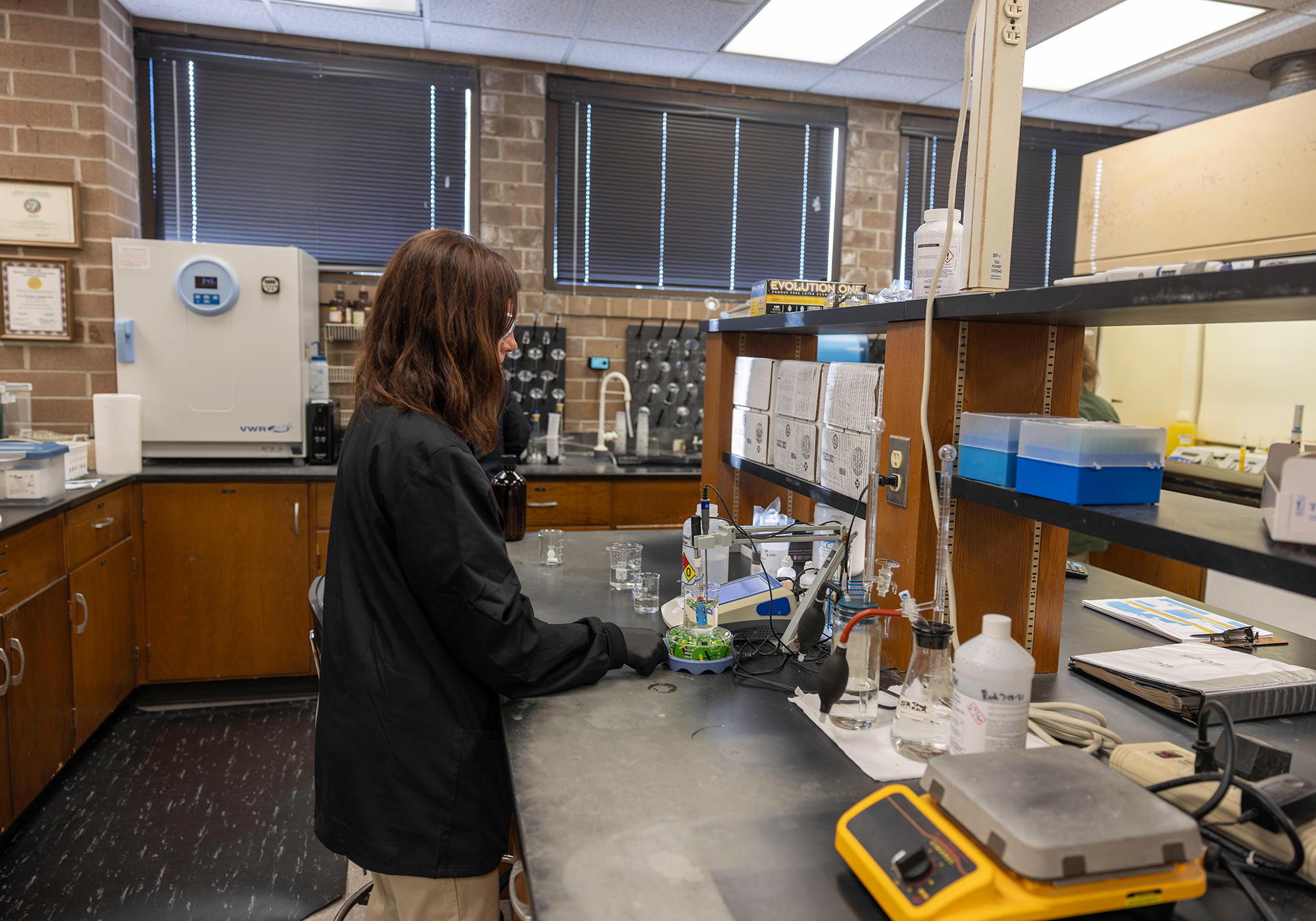
Viral Wastewater Monitoring
Since January 2021, GUC’s Wastewater Treatment Plant (WWTP) has been one of 21 sites across North Carolina assisting the NC Department of Health and Human Services (NC DHHS) Division of Public Health with COVID-19 community health trends. This is part of the state’s Wastewater Monitoring Network in which weekly wastewater collection sample reports are shared statewide, with the public, and with the United States Centers for Disease Control (CDC). In July of this year, Monkeypox and Influenza were added to the monitoring program.
What is viral wastewater monitoring?
When people contract certain viruses, like coronavirus, they shed the viral particles in their stool soon after infection, often before they begin exhibiting symptoms and testing positive. People who are infected but never show symptoms can also shed the virus. In wastewater, viral particles are no longer infectious but can still be detected and measured.
According to the NC DHHS website, testing wastewater for these viral particles allows the state to track COVID-19 trends among people contributing to wastewater. Data from the test sites, like GUC’s Wastewater Treatment Plant, serve as an extra metric to understand the impacts of COVID-19 at the community level, giving community leaders, health care providers, and hospitals time to prepare for an increase in cases.
The project that GUC participates in is a collaboration between the NC DHHS, the University of North Carolina (UNC) system researchers (including East Carolina University - ECU), wastewater utilities, and public health departments.
What is GUC’s role in wastewater monitoring?
“Twice a week, our laboratory staff collects the samples at our influent, where wastewater comes into the Plant, and places them in our cooler with a completed chain of custody,” said WWTP Environmental Compliance Coordinator JoEllen Gay. “Staff from ECU picks up our samples, performs sample pretreatment, and transfers them to the UNC lab for analysis. Our lab runs tests for pH, temperature, conductivity, alkalinity, and total suspended solids, while UNC’s lab runs the virology tests.” JoEllen said her staff also provides the influent flow total during the timeframe of sample collections.
Because GUC is part of the NC Wastewater Monitoring Network, we receive weekly reports a few days before the state posts them on the report site. “It’s nice to receive these reports that simply allow us to anticipate the impact that community-spread disease could have on our workforce, especially when it comes to planning for storm response or larger all-employee meetings,” said Operations Support Manager Kevin Keyzer.
You can check out the reports from all 21 sites at the NC DHHS Wastewater Monitoring Dashboard at COVID-19 Wastewater Monitoring Dashboard.






